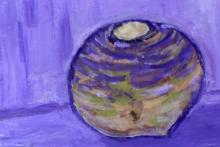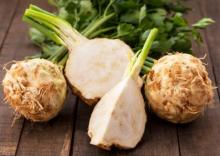Superfood 101: Swede!
Swedes are closely related to rutabagas and turnips, who are fellow members of the cabbage family. They are a relatively new plant cultivated in Sweden in the 15th century. They were introduced in Scotland in the 18th century, where a swede was known as a Swedish turnip and called a “neep.” It was often served pureed or mashed as a side dish with haggis.










